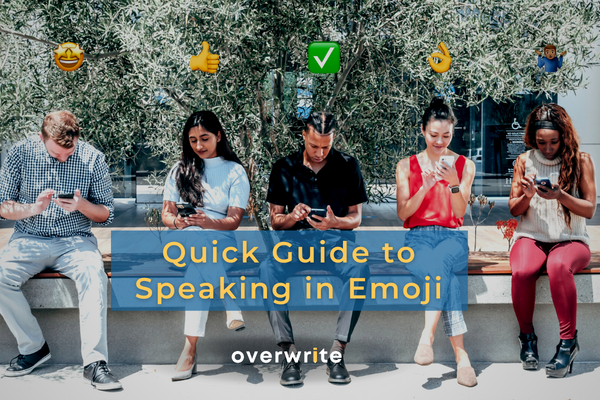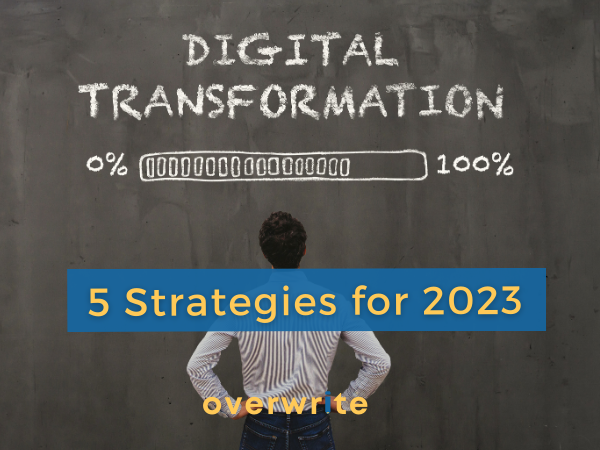Emojis are relevant as ever. If used correctly, a brand can become instantly relatable to its target audience.
A Linkedin post. An Instagram caption. An email campaign subject title.
Make no mistake – execute “emoji marketing” well, and it can have a huge impact on your marketing efforts.
But there’s a whole language behind the pretty pictures. And if you want to 1) make your content pop, 2) appear relatable and 3) reveal the “human” behind your brand, (without making any embarrassing blunders along the way), you must follow certain rules.
Your Guide to Emoji Marketing
1. Context is 🔑
It’s crucial to be mindful of cultural differences. Regardless if it’s a one-sentence tweet, or a lengthier Linkedin post. What’s a normal emoji to you could carry a different cultural connotation in another country. The linguistic context emojis carry across cultures and generations mustn’t be underestimated. Avoiding any unintentional insults or inappropriate connotations is vital.
2. A 🍑 isn’t a peach
Always look up possible risqué connotations for emojis before using them to sell your products. They can hold very different meanings. For example, a peach isn’t a peach. An eggplant isn’t an eggplant. Save yourself from getting caught up in a potentially embarrassing social media crisis, that could’ve easily been avoided with a simple Google search.
3. There is a 🕐 and 📍 for emoji use
Sometimes emojis can completely change the meaning (and tone) of a message. Some customers might feel that the use (or overuse) of emojis is frivolous or lacks professionalism. They also risk diluting the impact of your message, especially if it’s intended to be serious. Know when not to use them.
4. Test, test, and test 📝
Do your emoji-laden tweets get more engagement than text only ones? Do emojis on LinkedIn drive more clicks to articles you share? Do your followers swipe up more when you include emojis in your Instagram Stories? Test different use cases and learn from the results.
5. Research your audience 🧐
Understand your audience to see what will fly with them. Monitor their emojis and emotions to target your emoji marketing campaign and understand their sentiment towards your brand.
6. Minimal is chic ✨
Just because emojis boost engagement, you shouldn’t stuff your social post with emojis. Aside from being an aesthetic nightmare, an emoji-filled post will fetch you a one-way ticket to being trolled mercilessly online. Rightfully so. You need to know when enough is enough.
7. Beware of formatting blunders 😖
Emojis do not always look similar across different mobile devices. What’s formatted correctly on an iPhone may have weird line breaks when you check the same tweet on the desktop. Always keep this in mind while crafting content that’s dependent on a well-located emoji – it could completely ruin all your hard work and make your clients *cringe (enter appropriate *cringe emoji).
8. The Mindful Emoji user 😇
It’s not just cultures you must be aware of while using emojis. Generational differences matter as well. In essence, the next time you’re crafting content and want to use emojis, be mindful of the different connotations emojis carry across generations, as well as cultures.
Emojis are here to stay 🙏

Love them or hate them, they’re not going anywhere fast. In fact, the number of emojis available across multiple platforms and devices, seems to be ever-expanding. Understandable given the evidence that a single, cleverly placed emoji can add significant emotional cues to marketing content.
But too much of a good thing is never advisable. So use with caution. Know when enough is enough. Be mindful of your audience. Do your research. And, if you want results, it pays to be consistent, stick with what works, build momentum, and have fun along the way.
For informative news and views on the world of real estate, proptech and AI, follow overwrite on Instagram and LinkedIn, and keep up-to-date with our weekly NewsBites blog.
overwrite | real estate content creation, reimagined




















